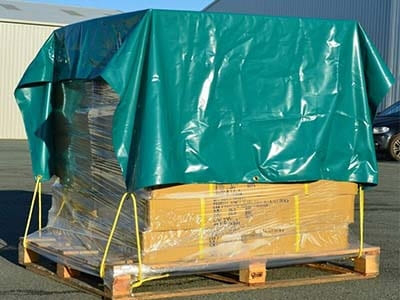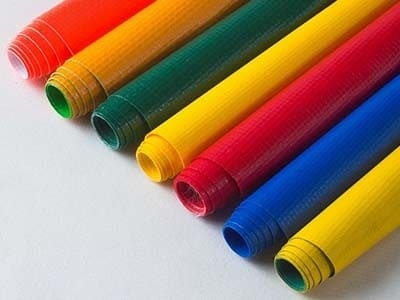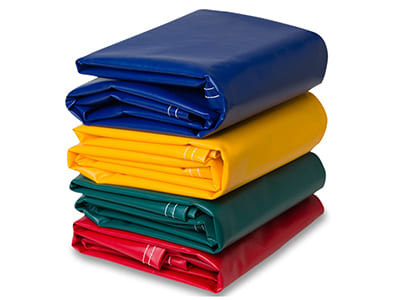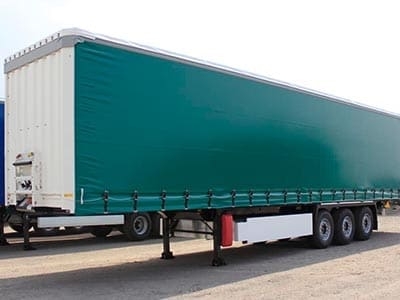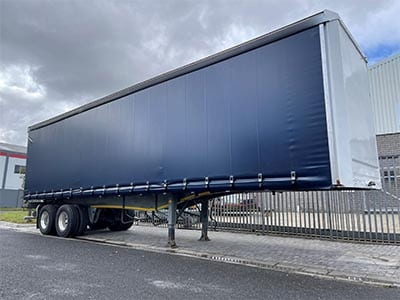Tarpaulins Traps: Durable and Effective Protection for Various Applications
Tarpaulins are well-known for their versatility and durability, often used to create temporary shelters, covers, and protection in various environments. One of the lesser-known yet highly useful applications of tarpaulins is as traps—protective covers designed to shield items, spaces, or machinery from weather, dust, and debris. Whether in industrial, agricultural, or outdoor settings, tarpaulin traps are a cost-effective and reliable solution for many practical uses.
Why Use Tarpaulin Traps?
Tarpaulin traps offer several benefits that make them an excellent choice for those in need of durable, temporary protection. Some reasons to consider tarpaulin traps include:
- Weather Resistance: Tarpaulins are designed to be waterproof and UV-resistant, offering protection against rain, sunlight, and other weather conditions.
- Durability: Made from strong materials, tarpaulins are built to withstand wear and tear, making them perfect for protecting goods, machinery, or spaces in tough environments.
- Cost-Effective Solution: Compared to permanent structures or custom-made covers, tarpaulins provide an affordable alternative that is just as effective for short-term protection.
- Easy to Transport: Tarpaulin traps are lightweight and flexible, allowing for easy storage and transportation to different locations when needed.
- Customization: Tarpaulins can be cut and shaped to suit specific needs, offering flexibility for a wide range of uses.
Common Uses for Tarpaulin Traps
Tarpaulin traps can be used in a wide variety of industries and applications. Here are a few common uses:
- Agricultural Protection: In farming, tarpaulin traps are often used to protect crops, machinery, and equipment from rain, hail, and excessive sunlight. A tarpaulin trap can be easily set up to cover an area, providing much-needed shelter during harsh weather conditions, ensuring crops or tools remain safe and dry.
- Outdoor Events: For outdoor events such as festivals, markets, or construction projects, tarpaulin traps can be used to protect goods and equipment from unexpected rain or dust. These traps can also be quickly deployed to cover stalls or storage areas, creating a temporary shelter.
- Construction Sites: In construction, tarpaulin traps are used to cover construction materials and tools, protecting them from weather damage. They are also used to shield areas under construction, preventing debris from spreading or providing a safe, dry work area.
- Industrial Applications: Tarpaulins are essential for industries like shipping and logistics, where products and machinery need to be covered and protected during transport or when stored outdoors. Tarpaulin traps provide protection from environmental damage, reducing the risk of deterioration.
- Disaster Relief: Tarpaulin traps are frequently used in disaster-stricken areas to provide temporary shelters for displaced people. Their easy setup, portability, and protective qualities make them a reliable option in times of crisis, offering coverage from harsh weather and creating safe spaces for the affected population.
Advantages of Using Tarpaulin Traps
Weatherproof Protection: Tarpaulins are designed to offer excellent weather protection, making them ideal for shielding items from rain, snow, wind, and sun. Whether in industrial environments, agricultural areas, or outdoor events, tarpaulins keep the elements at bay, offering peace of mind.
- Versatility: Tarpaulin traps are incredibly versatile, used in many industries such as agriculture, construction, logistics, and disaster relief. Their ability to be cut to size and shaped according to specific needs makes them suitable for various applications.
- Low Maintenance: Unlike other protective covers or buildings, tarpaulins require minimal maintenance. Cleaning them is straightforward—most dirt can be removed with a hose, and any damage can be patched easily.
- Long-Lasting: When properly cared for, tarpaulins can last for years. The material is designed to resist wear and tear, and with proper storage and maintenance, tarpaulin traps can serve you reliably for extended periods.
- Cost-Effective: Compared to custom-built covers or permanent solutions, tarpaulins are an affordable option for those in need of temporary or long-term protection. They are much cheaper to install and maintain than more permanent solutions like metal or plastic structures.
How to Set Up Tarpaulin Traps
Setting up a tarpaulin trap is relatively simple, and it doesn’t require specialized equipment. Here are a few tips for setting up your tarpaulin trap:
- Choose the Right Size: Select a tarpaulin that is large enough to cover the area or items you want to protect. Tarps come in various sizes, so be sure to measure the area first to ensure a proper fit.
- Secure the Edges: To prevent the trap from blowing away or becoming displaced, secure the edges with weights, ropes, or stakes. If the tarpaulin is covering large items, ensure the edges are tightly secured to prevent gaps that could expose the contents to the elements.
- Position the Trap: For maximum effectiveness, position the tarpaulin to provide full coverage. The edges should drape over the sides of the area or items you’re protecting. If using the trap for shelter, ensure there are no areas that could let in rain or wind.
- Maintain and Store: Once the trap is set up, periodically check to ensure it’s still securely in place and free from damage. If the tarp is exposed to heavy weather, consider storing it indoors when not in use to extend its lifespan.
FAQs
Q1. What is the best material for tarpaulins?
The best material for tarpaulins is typically polyethylene or PVC, both of which are durable, waterproof, and resistant to UV rays. These materials ensure long-lasting protection in various weather conditions.
Q2. Can tarpaulin traps be used in all weather conditions?
Yes, tarpaulin traps are designed to withstand rain, snow, and sunlight. They offer excellent weather protection, making them suitable for use in diverse environmental conditions.
Q3. How do I repair a damaged tarpaulin trap?
Small holes or tears in a tarpaulin can be repaired using a tarpaulin repair kit, which includes adhesive patches that can be applied over the damaged area.
Q4. Are tarpaulin traps environmentally friendly?
While tarpaulins are not biodegradable, some manufacturers produce eco-friendly options made from recyclable materials. Be sure to check for eco-friendly options if environmental impact is a concern.

